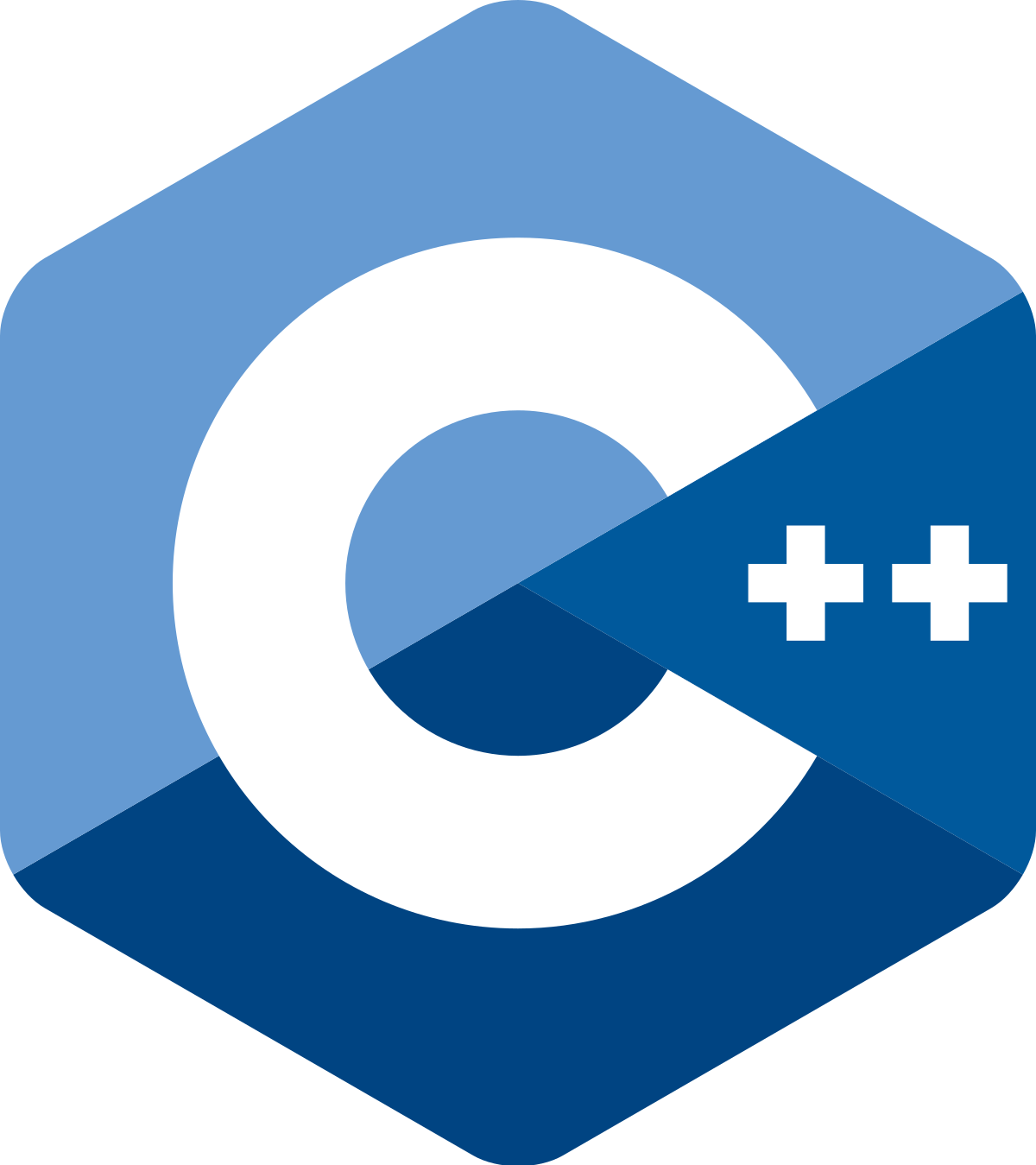1
2
3
4
5
6
7
8
9
10
11
12
13
14
15
16
17
18
19
20
21
22
23
24
25
26
27
28
29
30
31
32
33
34
35
36
37
38
39
40
41
42
43
44
45
46
47
48
49
50
51
52
53
54
55
56
57
58
59
60
61
62
63
64
65
66
67
68
69
70
71
72
73
74
75
76
77
78
79
80
81
82
83
84
85
86
87
88
89
|
#include <bits/stdc++.h>
namespace {
inline char read() {
static const int IN_LEN = 1000000;
static char buf[IN_LEN], *s, *t;
s == t ? t = (s = buf) + fread(buf, 1, IN_LEN, stdin) : 0;
return s == t ? -1 : *s++;
}
struct InputOutputStream {
template <typename T>
inline InputOutputStream &operator>>(T &x) {
static char c;
for (c = read(); !isdigit(c); c = read())
if (c == -1) return *this;
for (x = 0; isdigit(c); c = read()) x = x * 10 + (c ^ '0');
return *this;
}
} io;
const int MAXN = 1000000;
int d[MAXN * 8 + 1], M, n, l[MAXN + 1], r[MAXN + 1];
#define pushDown(k) (d[k] ? d[k << 1] = d[k << 1 | 1] = d[k], d[k] = 0 : 0)
#define update(k) \
for (register int o = (k) >> 1; o; o >>= 1) st[++top] = o; \
while (top--) pushDown(st[top]);
int st[25];
inline void modify(register int s, register int t, register int x) {
register int top = 0;
update(s = s + M - 1);
top = 0;
update(t = t + M + 1);
for (; s ^ t ^ 1; s >>= 1, t >>= 1)
(~s & 1) ? d[s ^ 1] = x : 0, (t & 1) ? d[t ^ 1] = x : 0;
}
inline void query(const int n) {
for (register int i = 1; i < M; i++) pushDown(i);
static bool vis[MAXN * 2 + 1];
register int ans = 0;
for (register int i = 1; i <= n; i++)
(vis[d[i + M]] || !d[i + M]) ? 0 : (ans++, vis[d[i + M]] = true);
std::cout << ans;
}
struct Data {
int num, type, id;
inline bool operator<(const Data &b) const { return num < b.num; }
} a[MAXN << 1 | 1];
inline void solve() {
register int n, cnt = 0;
io >> n;
for (register int i = 1; i <= n; i++) {
io >> a[++cnt].num, a[cnt].id = i, a[cnt].type = 0, a[cnt].num++;
io >> a[++cnt].num, a[cnt].id = i, a[cnt].type = 1;
}
std::sort(a + 1, a + cnt + 1);
register int i = 1, top = 0;
for (register int j; i <= cnt; i++) {
for (j = i; a[i].num == a[i + 1].num && i != cnt;) i++;
top += (j != 1 && a[j - 1].num + 1 < a[i].num) ? 2 : 1;
for (register int k = j; k <= i; k++)
a[k].type ? (r[a[k].id] = top) : (l[a[k].id] = top);
}
for (M = 1; M < top + 2;) M <<= 1;
for (register int i = 1; i <= n; i++) modify(l[i], r[i], i);
query(top);
}
}
int main() {
solve();
return 0;
}
|



